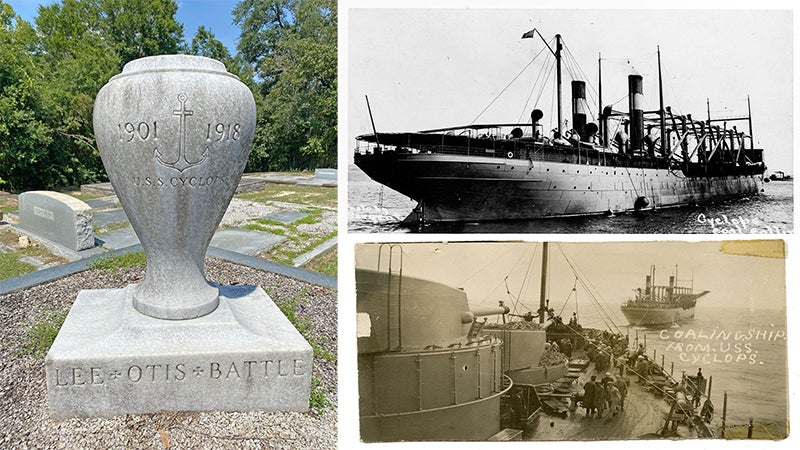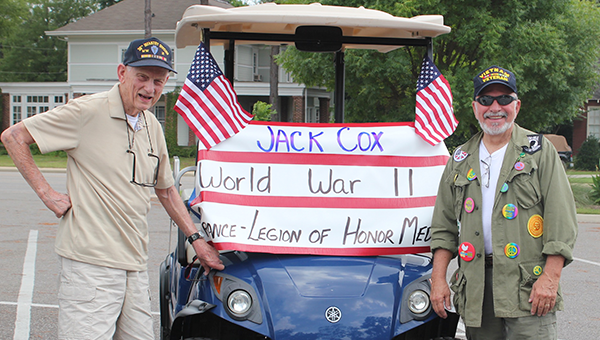50 years later, we can’t be too quiet
Published 2:01 am Saturday, January 31, 2015
I wasn’t going to write about this, but a social media post from someone who normally shares his thoughts about the goodness of the Lord set me off.
The post was a slam on the organizers of upcoming commemorative marches in Selma, and the president, and intimated that Obama had gone and messed things up.
The back story is that people who live in Selma and commemorate the historic Selma to Montgomery march for civil rights have long held their celebration on the Sunday closest to March 7, the anniversary of the first of three attempts to make the march.
Congressman John Lewis, who was there 50 years ago, plans to march this year on Sat., March 7. The president accepted an invitation to join him, which upset state Sen. Hank Sanders of Selma, who generally plans the Sunday events.
Back in 1965, it took three attempts before marchers could cross the Edmund Pettis Bridge in Selma. The first attempt, on March 7, 1965, gained the nickname “Bloody Sunday” after its 600 marchers were attacked at the Edmund Pettus Bridge as they left downtown Selma. State troopers and county posse attacked the unarmed marchers with billy clubs and tear gas. Some, including a female organizer, were beaten unconscious.
Two days later, on March 9, troopers, police, and marchers confronted each other, but when the troopers stepped aside to let them pass, Martin Luther King led the marchers back to the Brown A.M.E. church. He was seeking protection by a federal court for the march.
That night, a white group beat and murdered a civil rights activist and minister from Boston, who had come to Selma to march in the second march.
The images in Alabama led to a public outcry. When George Wallace refused to protect the marchers, Lyndon Johnson committed to do so. Marchers were protected by 2,000 U.S. soldiers, 1,900 federalized Alabama National Guard members, and many FBI agents and marshals on their third attempt. By the time they reached Montgomery on March 24, they were 25,000 strong.
There is no doubt that the images captured by the media had a huge bearing on the events of 1965. From the vantage point of 2015, for a person who grew up in a mostly-integrated world, it is almost impossible to imagine being physically threatened for attempting to register to vote; or being beaten for peacefully advocating for that right.
I’d like to think that if I’d been a reporter or an editor in 1965, I would have done my part to raise awareness of the wrongs inflicted upon people who did not have the good fortune to be born with the “right” skin tones in a white man’s world. But the sad truth is that because I am female, there is a good chance I would have been denied that job in that 1965.
For all of my life, the bad behavior of my fellow Southerners on this issue has tugged at my heartstrings, just as it has my good friend Robin’s. And so it is that on March 7, we plan to be in Selma. We could care less that the president or any other celebrity will be there, but feel a need to show our support in some small way.
I had vowed not to write about it, or share pictures, but to just be a quiet supporter. I was taught that one should support good causes because it is the right thing to do, not to call attention to one’s self.
But 50 years after people marched and died so that people of color would have basic civil rights, plans to celebrate the anniversary still draw racist public remarks from generally good people. Fifty years after we embarrassed ourselves with bad behavior on the national stage, Alabama’s leaders are still decrying federal orders to treat people equally.
So perhaps it is still too soon to go quietly.
Yea, verily. Way too soon.



